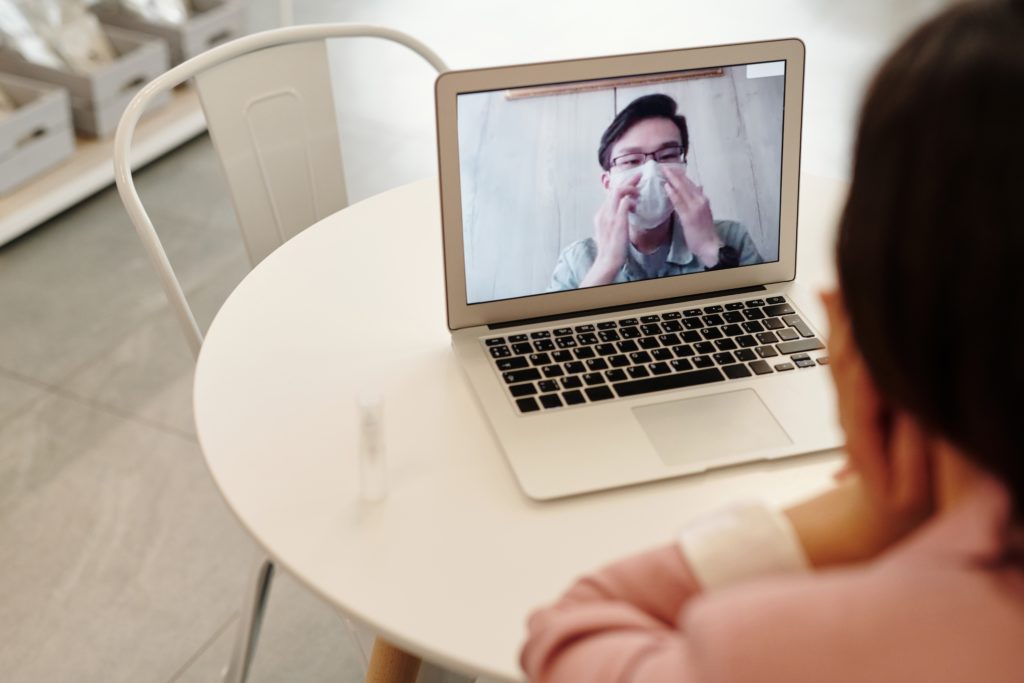IRS Extends Deadline for Forms 5500 Due Before July 1, 2020
On April 9, 2020, the IRS issued Notice 2020-23 to extend key tax deadlines for individuals and businesses in response to the ongoing COVID-19 pandemic. This new tax relief is provided under Section 7508A of the Internal Revenue Code (Code), which gives the IRS authority to postpone deadlines for taxpayers affected by federally declared disasters. Form 5500 – Automatic Deadline Extension IRS Notice 2020-23 extends the Form 5500 filing deadline for ERISA-covered retirement and welfare plans that have an original or extended filing deadline on or after April 1, 2020, and before July 15, 2020. These plans have until July 15, 2020, to file their Forms 5500. This deadline extension is automatic, which means that plan sponsors do not have to have to call the IRS or file any extension forms, or send letters or other documents to receive this relief. Additional filing extensions must be requested by using the appropriate extension form by July 15, 2020, but the extension may not go beyond the original or regulatory extension date. In addition, IRS Rev. Proc. 2018-58 provides that any postponement of the Form 5500 filing due date by the IRS under Code Section 7508A will also be permitted by the Department of Labor and Pension Benefit Guaranty Corporation for similarly situated plan administrators. IRS Notice 2020-23 does not extend the filing deadline for 2019 Form 5500 filings for calendar year plans, which are due on July 15, 2020. Action Steps Employers should work with their tax advisors to determine if any upcoming tax filing or payment deadlines, including the Form 5500, have been postponed. Employers with calendar year plans should be prepared to file their Forms 5500 by July 15, 2020, or request an extension by this date
IRS Extends Deadline for Forms 5500 Due Before July 1, 2020 Read More »



